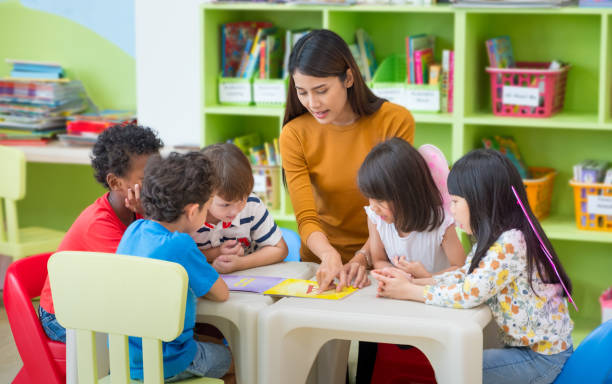Key takeaways
- Effective interventions can be implemented at the individual, classroom, or school-wide level.
- Implementing interventions can help improve student outcomes and enhance overall academic success.
While every student is unique, interventions can help support struggling learners. Interventions are strategies and programs designed to improve student performance and help them achieve academic success.
Interventions for poor performance can take many forms, from targeted tutoring programs to personalized learning plans. These interventions can be implemented at the individual, classroom, or school-wide level.

Understanding the Importance of Interventions
The Importance of Improving Student Performance
Improving student performance is crucial in ensuring that every student has the opportunity to succeed. By providing support, you can increase student engagement, enhance learning outcomes, and help students reach their full potential.
Strategies for Academic Improvement
There are many strategies that you can use to improve student performance. Some of the most effective strategies include providing personalized learning plans, offering targeted interventions, and implementing differentiated instruction techniques.
Intervention Programs
Programs can provide targeted academic support, one-on-one tutoring, and other interventions to help students succeed. Some of the best intervention programs include Response to Intervention (RTI) and Multi-Tiered System of Supports (MTSS) frameworks.
Effective Interventions for Low-Achieving Students
If you are a teacher or administrator looking to support struggling students, there are several forms of interventions that have proven to be effective. One such intervention is the implementation of personalized learning plans.
Personalized learning plans involve creating an individualized roadmap for each student based on their needs and learning goals. This can involve setting achievable objectives, providing targeted instruction, and offering ongoing feedback and support.
Another effective intervention is the use of tutoring programs. By providing one-on-one or small group support, tutors can help reinforce key concepts, provide additional practice, and build students' confidence and motivation. Satchel Pulse Coaching can provide the small group attention students need to get them back on track.
Incorporating technology into interventions can also be beneficial. Online learning platforms, educational apps, and games can engage students and provide additional opportunities for practice and reinforcement.
It is important to note that effective interventions for low-achieving students should be tailored to each student's specific needs. By providing personalized support and targeted instruction, educators can help struggling students improve their academic performance and reach their full potential.
Implementing Interventions in the Classroom
If you want to improve student performance, implementing interventions in your classroom is a great place to start. There are several instructional strategies and techniques you can use to support students with poor academic performance.
Differentiated Instruction
Differentiated instruction is a teaching approach that tailors instruction to the individual needs of students. By accommodating each student's strengths, interests, and learning styles, you can create a more engaging and useful learning experience. When implementing differentiated instruction, it is essential to assess each student's needs and provide appropriate resources and instructional materials.
Collaborative Learning
Collaborative learning is another instructional strategy that has proven to be effective for improving student performance. By working together, students can learn from one another, share information and ideas, and develop new skills. Collaborative learning can also lead to improved social skills and increased engagement in the learning process.
Teacher Support
Teachers play a crucial role in implementing interventions and supporting students with poor academic performance. You can also develop personalized learning plans, provide one-on-one support, and offer tutoring sessions to students who need extra help.
Conducive Learning Environment
Creating a positive and conducive learning environment is also essential for student success. This can be achieved by establishing clear expectations, providing a safe and supportive classroom environment, and fostering positive relationships with your students. By creating a welcoming classroom atmosphere, you can help students feel relaxed and more engaged in the learning process.
Remember, interventions are essential for improving student performance and achieving academic success. By providing support for struggling students, you can enhance overall academic achievement and ensure that every student has the opportunity to succeed.
Author: Whitney Ballantine
Posted: 04 Dec 2023
Estimated time to read: 3 mins